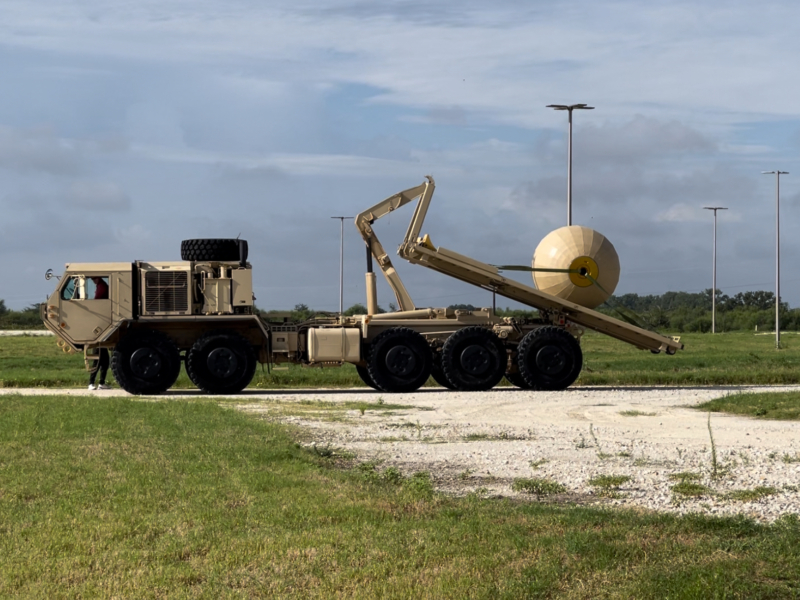Using learnings from RoboBall II (RII), the next generation in the RoboBall family, Roboball III (RIII), is in development. Inheriting its pendulum driven propulsion from Roboball I, Roboball II boasts a substantial increase in size and capability with its 6ft diameter outer shell. While Roboball II serves as a testbed for controls research, Roboball III is designed for practical use and application. Equipped with a 6ft payload bay inside the drive axle, Roboball III is capable of all the mobility of Roboball I, while being able to carry and deploy 16U (1U = 10cm x 10cm x 10cm) in payload. Potential applications include island hopping in contested seas, collection and return of samples from the depths of previously inaccessible lunar craters, and further exploration in hazardous, extraterrestrial terrain.
A critical part of RoboBall III’s functionality is its ability to operate in various terrains. To date, RoboBall has been tested in its ability to climb and descend slopes, operate on grass and gravel, and drive on water. Current work on RIII involves the testing of adaptive outer shells with varying tread patterns to improve waterborne performance, as well as the integration of variable payload modules in the robot’s payload bay to open up a plethora of mission possibilities. There are currently 2 functional RoboBall III units at the RAD Lab.
Roboball III represents the cutting edge of soft robots and rovers, as well as the evolution of robots within RAD Lab.


